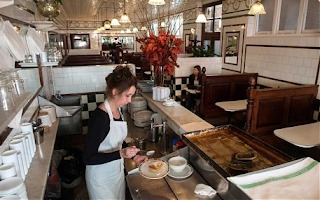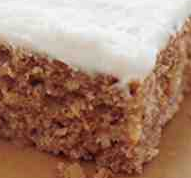Ingredients
16oz Butter plus extra for greasing
16oz Caster Sugar plus extra for sprinkling
16oz Ground Almonds
2teaspoon Vanilla Extract
6 Eggs
Zest of 6 lemons
Juice of 3 lemons
8oz Polenta or fine semolina
2teaspoon Baking Powder
4oz Raspberries ( freeze these before hand as they will hold their shape better in the sponge)
Filling
4oz Soft Cream Cheese
1 tablespoon Icing Sugar
Finely grated zest of 1/2 Lemon
Juice of 1 Lemon
142ml Double Cream
4oz Raspberries
Method
- Pre- heat oven to 180C/fan 160C/gas 5
- Grease and line two 23cm sandwich tins. I tend to use 2 semi-deep flan tins with loose bottoms rather then sandwich tins as they work better for this mix and its easier to remove the cooked sponges.
- In a large bowl or mixer beat the butter and caster sugar together until creamy and light. Stir in the ground almonds and the vanilla extract
- Then gradually add the eggs, little by little, until all the eggs are worked in. Fold in the lemon juice, lemon zest, polenta and baking powder
- Divide the cake mix into each tin and level the top (depending on the size of your cake tins you may have some mix leftover, I always have enough mix to make an extra cake**). Scatter all but a handful of the raspberries over the mix and poke in gently ( try not to break the break the berries as the colour will seep into the sponge). Sprinkle one of the sponges with about 1 tbsp sugar. Bake for 20 mins until risen and golden, but still with a little wobble under the crust.
- Open the oven, remove the sugar-crusted sponge and quickly poke the remaining frozen raspberries into the top. Bake both sponges for 20 more mins or until springy in the middle (you can insert a skewer into the middle and if it comes out clean the cakes are done). If this sounds too tricky, just leave the sponges to bake for 40mins* (the cake won’t look as glam, but will taste great just the same(you can add the leftover berries to the filling instead). Cool in the tin for 10 mins, then cool completely on a rack. If your using sandwich tins be careful turning out the raspberry-topped sponge as it maybe better to slide it off its base rather than turning it upside down. At this stage the cakes can be kept wrapped in the fridge for 4-5 days.
- To make the filling beat the soft cheese with the icing sugar, lemon zest and a little of the juice to loosen if needed. Very lightly whip the cream so that it just holds its shape, then fold into the cream cheese. Gently fold in the raspberries. Spread the filling onto the bottom cake and place the sugar-crusted sponge on top. Serve dusted with more icing sugar.
** Pour the extra cake mix into a greased and lined tin and bake for 40mins, the cake should be springy to the touch in the middle. To make Lemon drizzle cake - Heat the juice of 2-3 Lemons with 1tbsp of sugar per lemon (adjust to your taste) until the sugar dissolves. While the cake is still hot pour the warm syrup over the top and leave to stand in the tin. This is a delightful lemony cake, which is great served with creme fraiche.
I decorate my cake with candid Cinnamon sticks, Star Anise, broken and whole Cardamon pods
*NOTE
Depending on your oven, you may want to place a piece of foil over the cakes to prevent them from getting too brown after about 30mins
This is a great gluten free cake, just substitute regular baking powder for the gluten free variety
Happy Baking!!




























